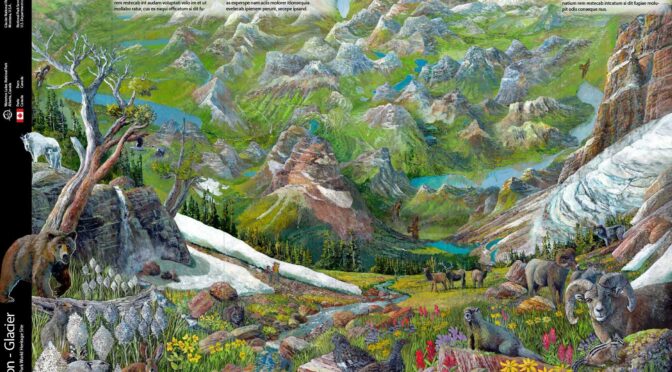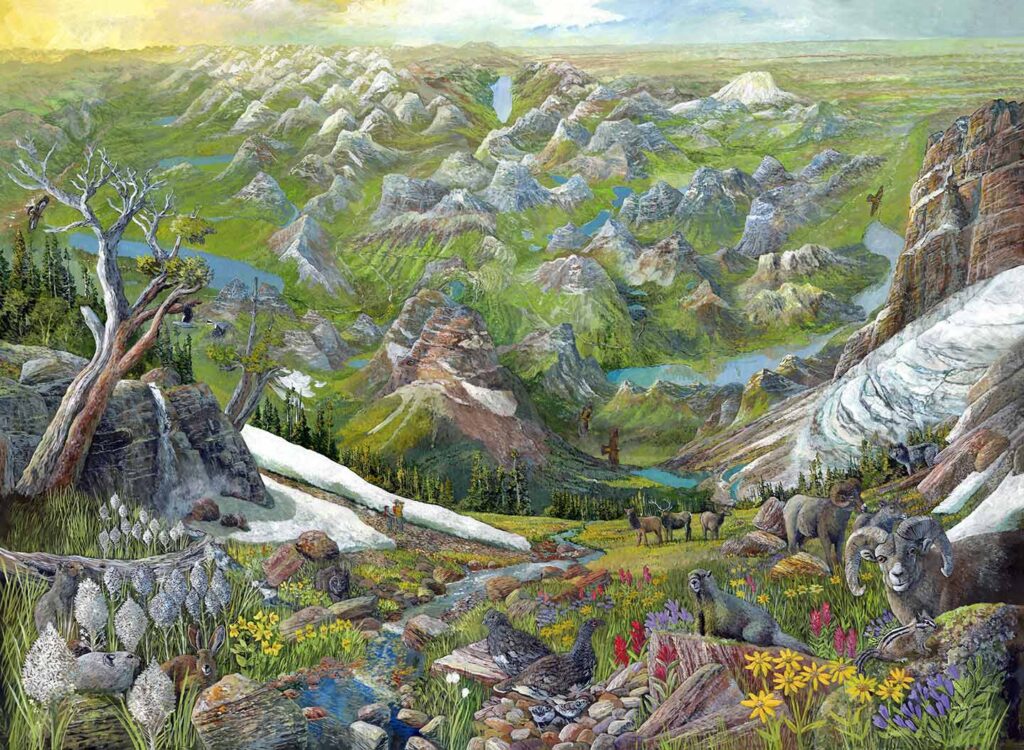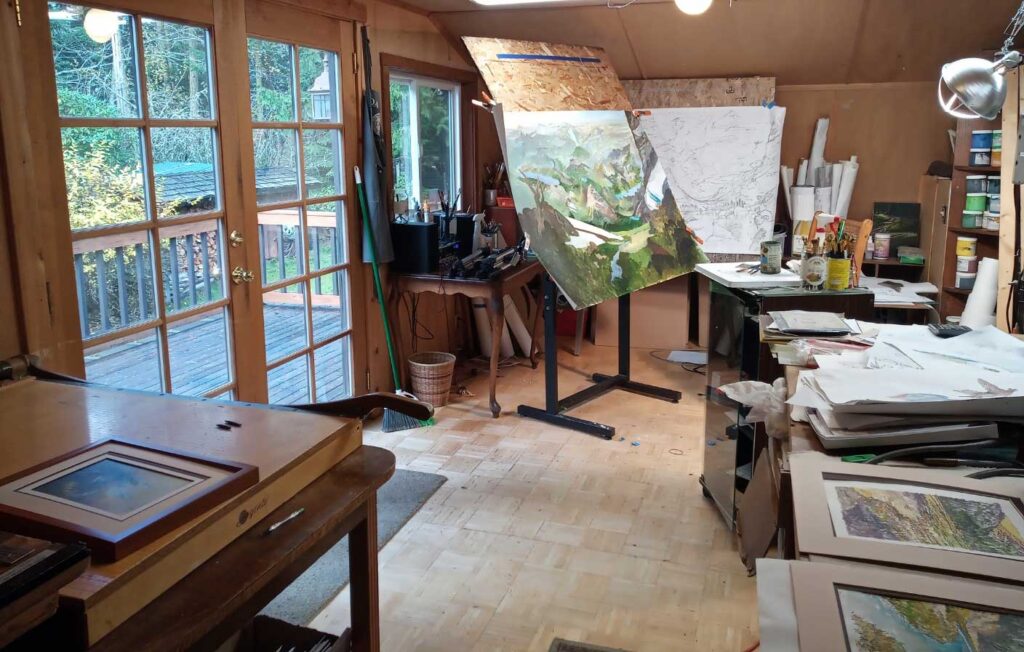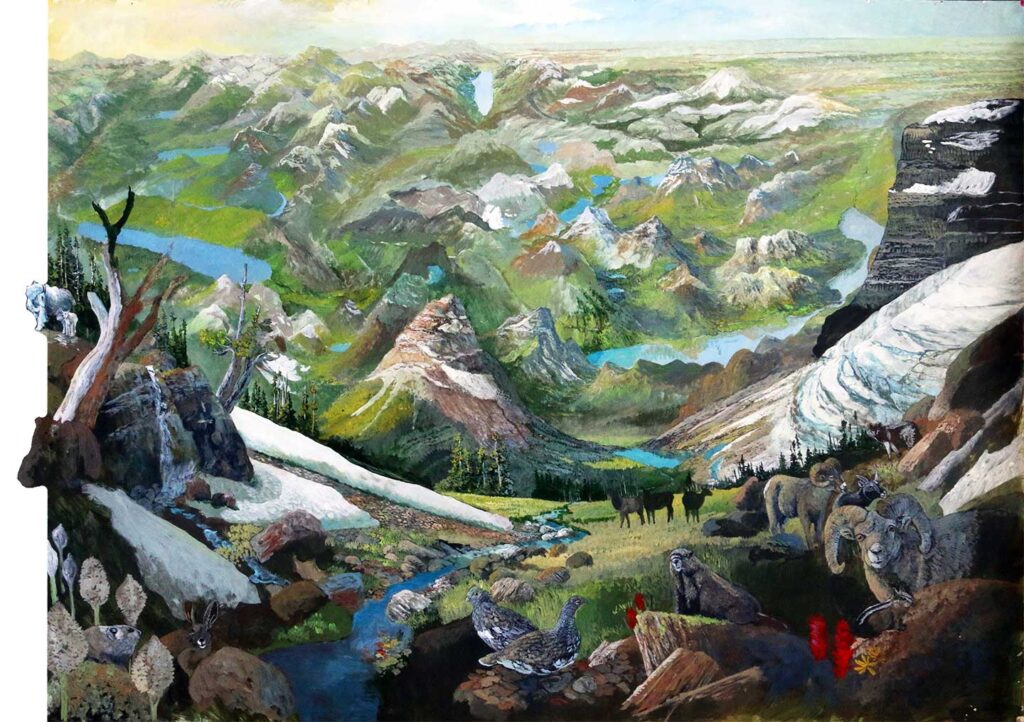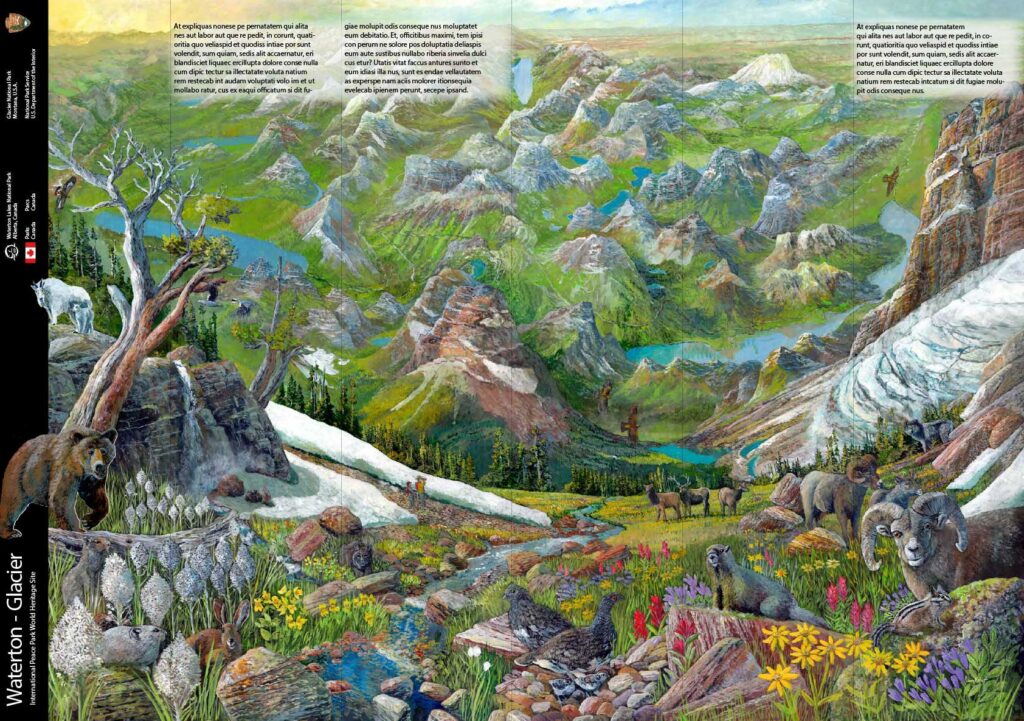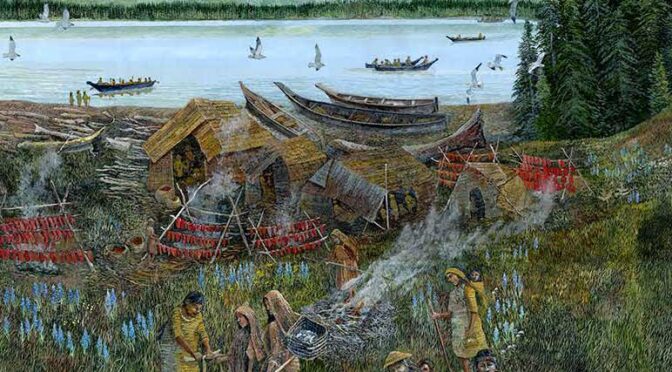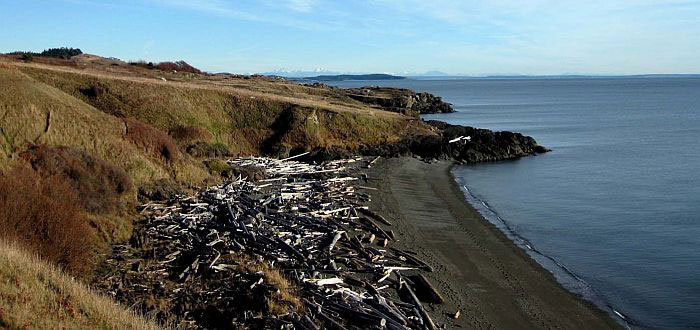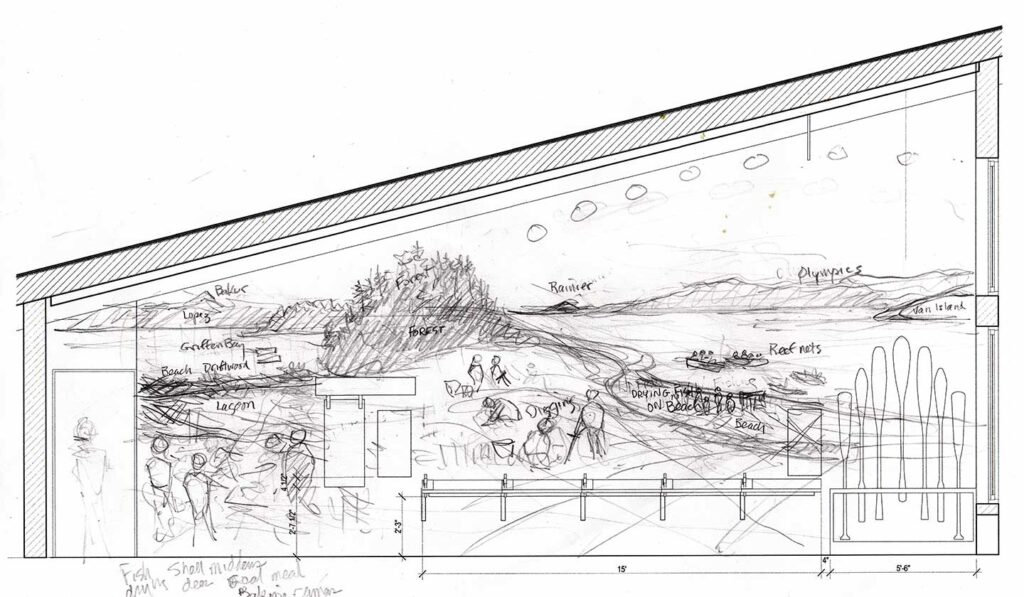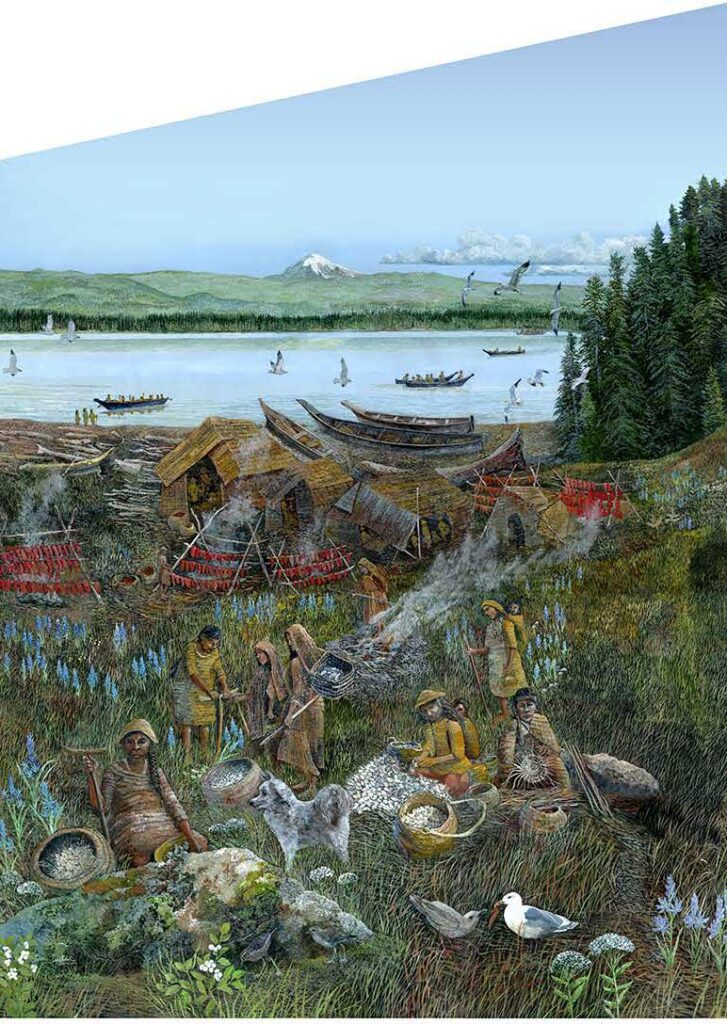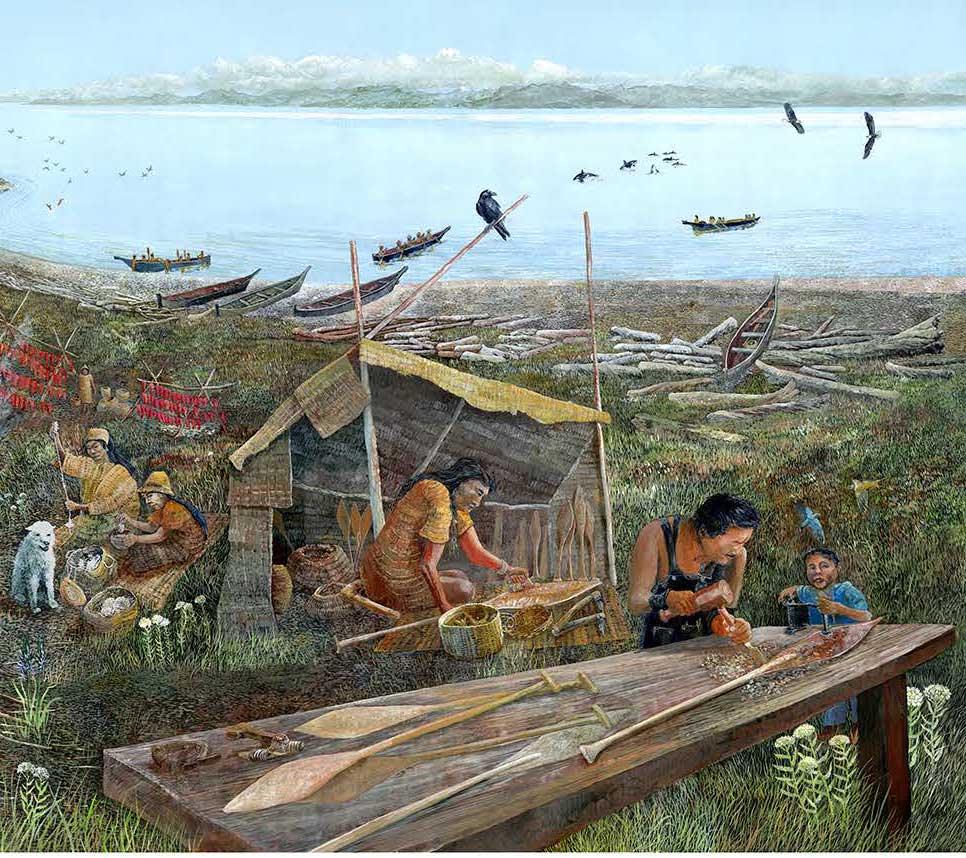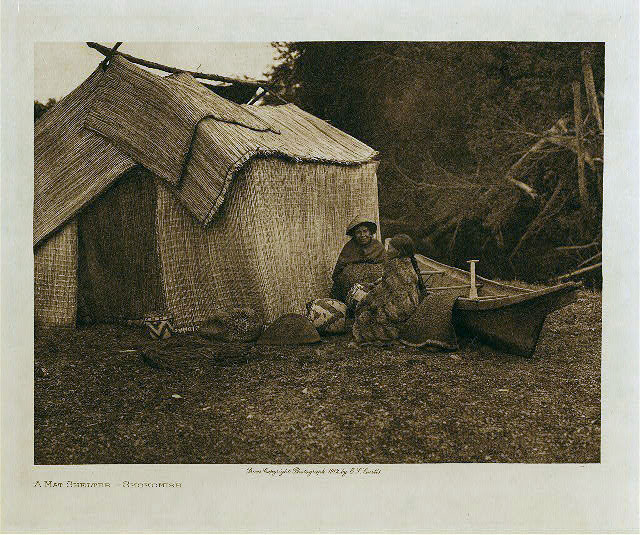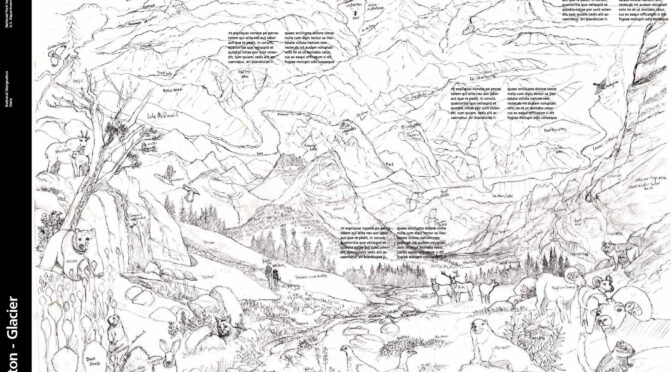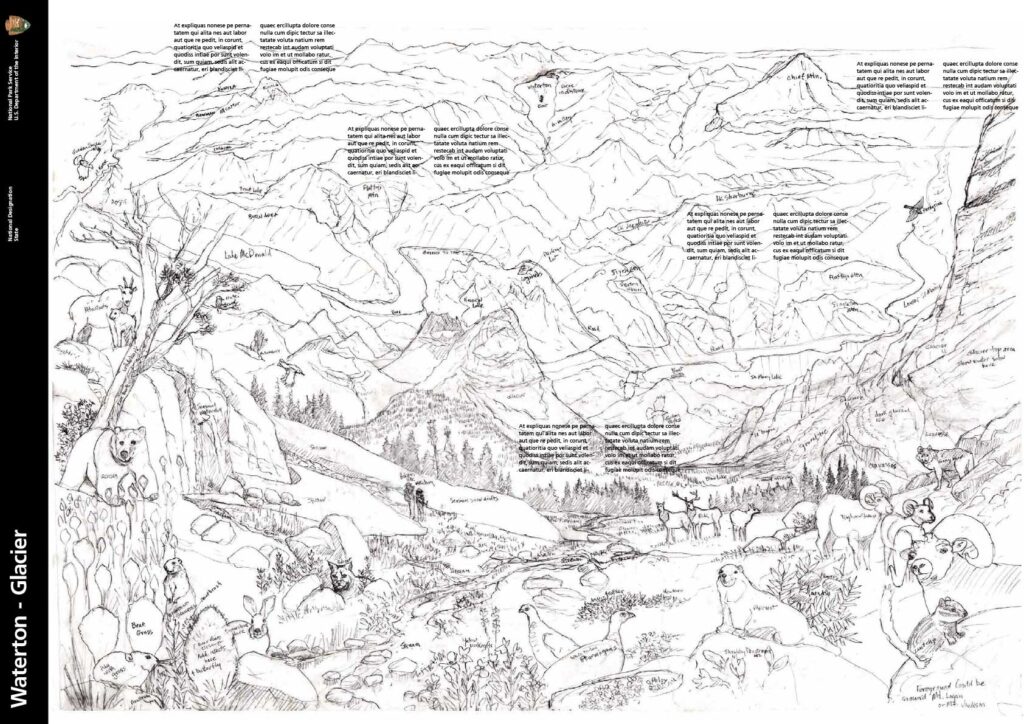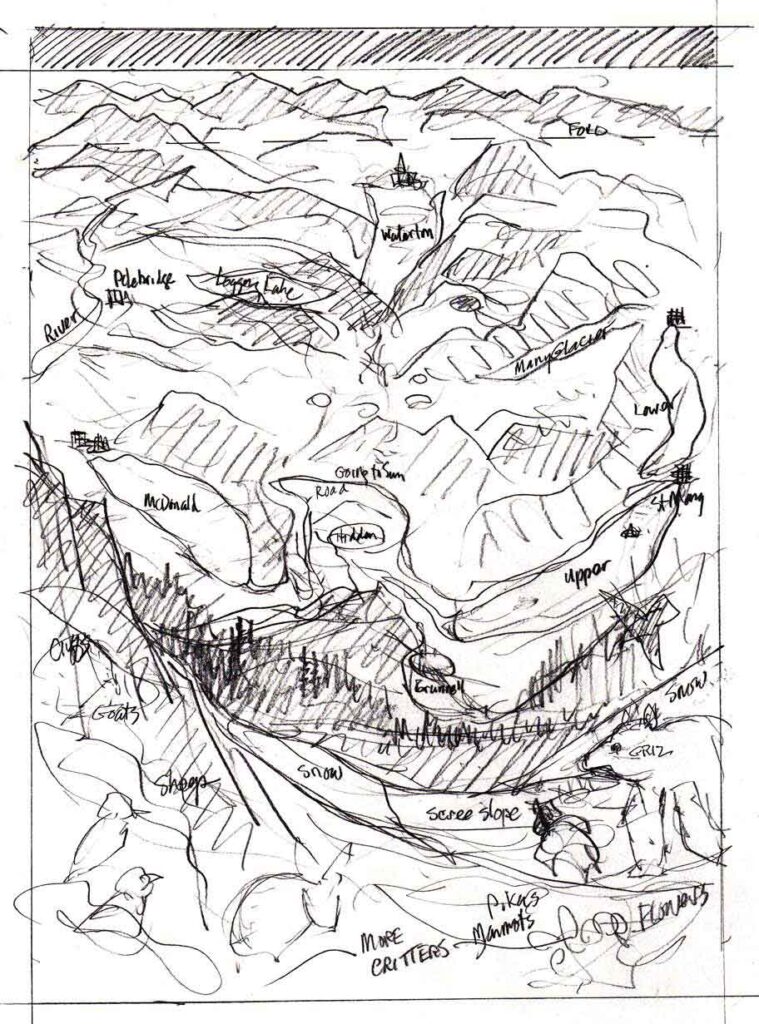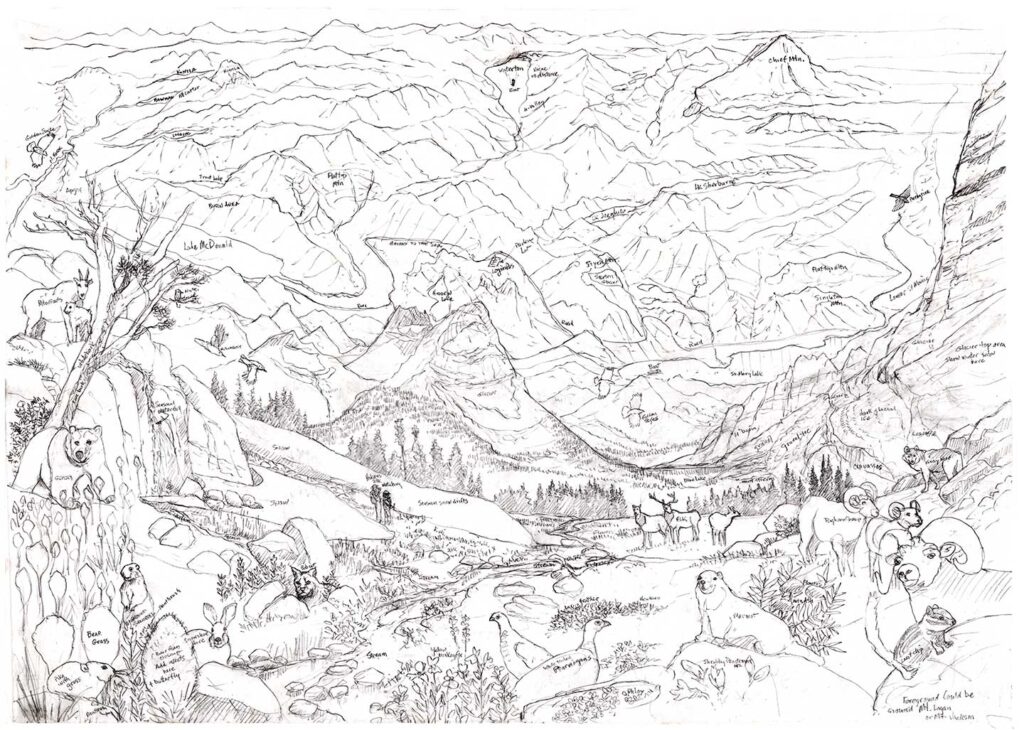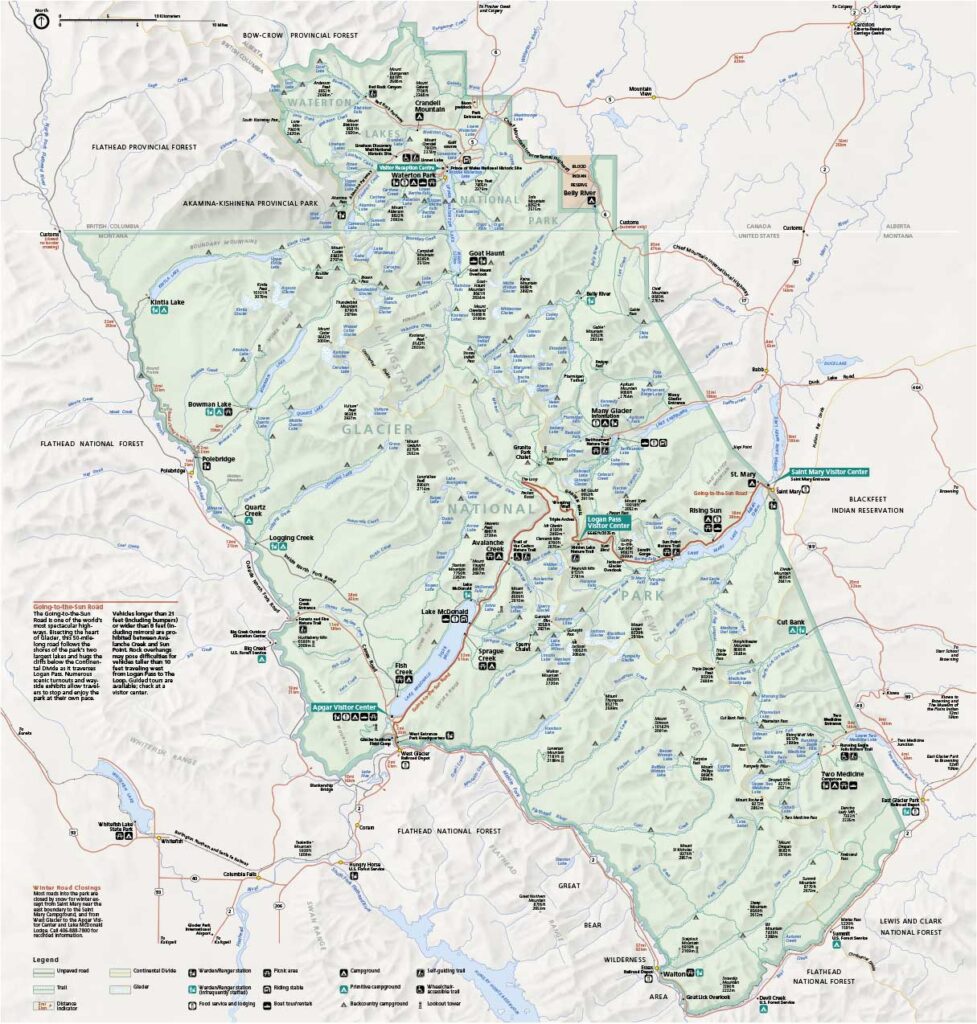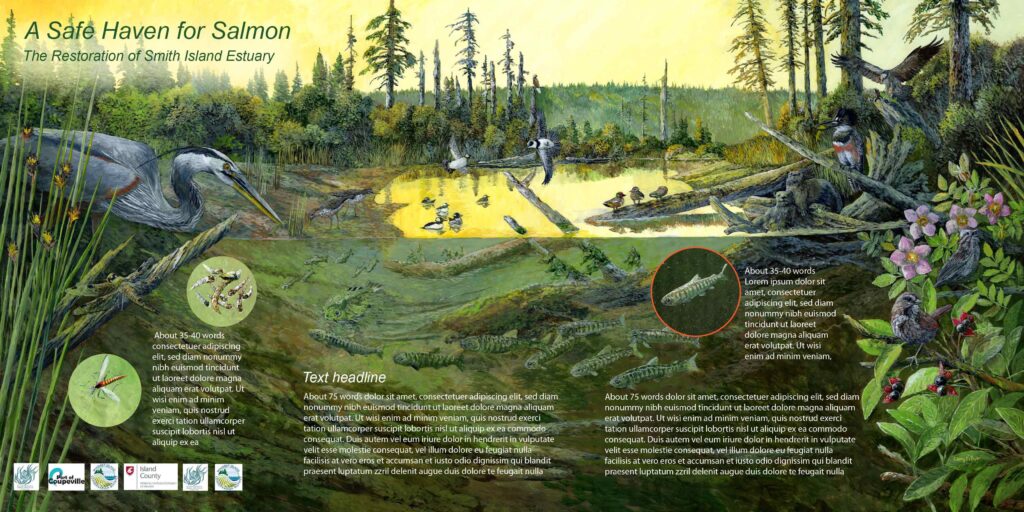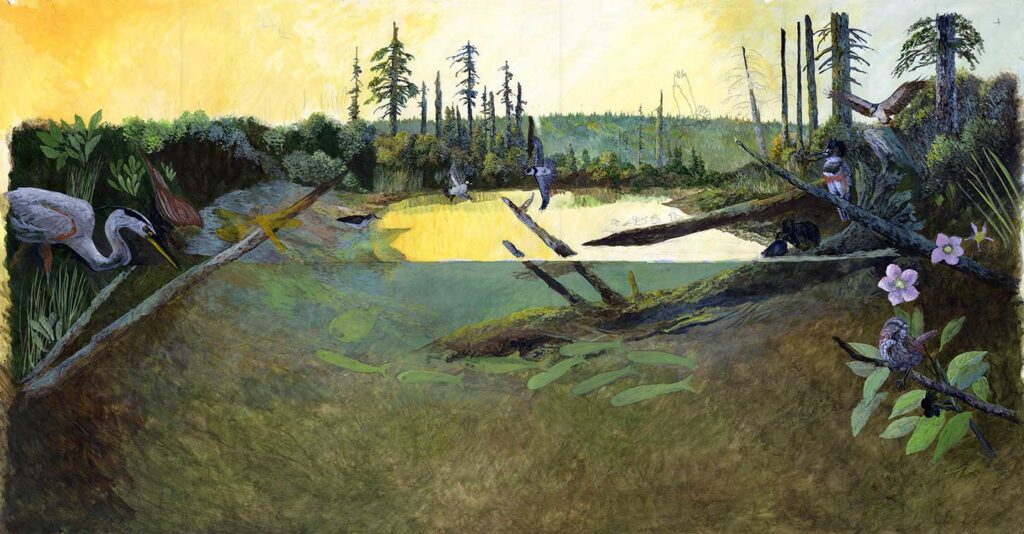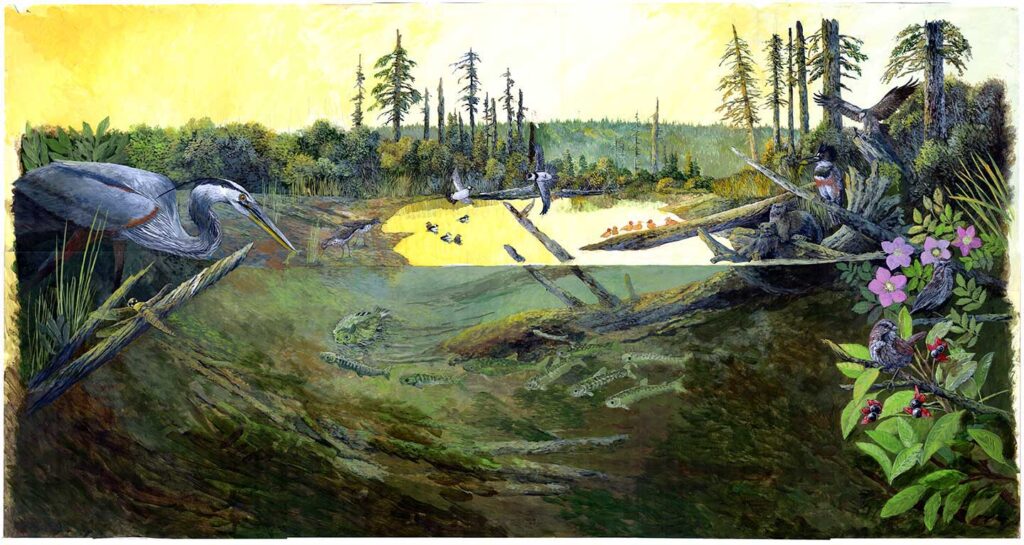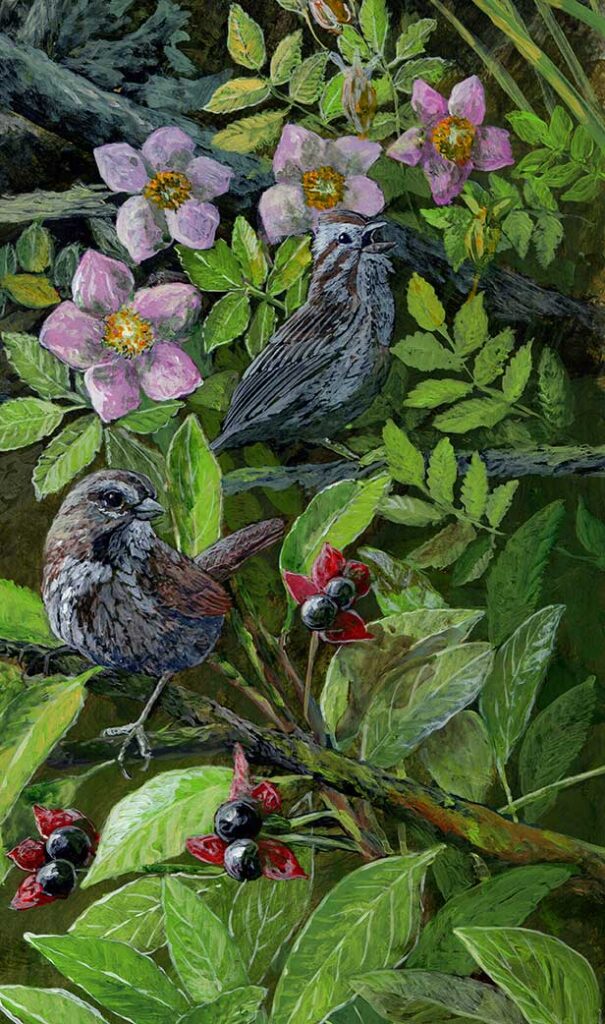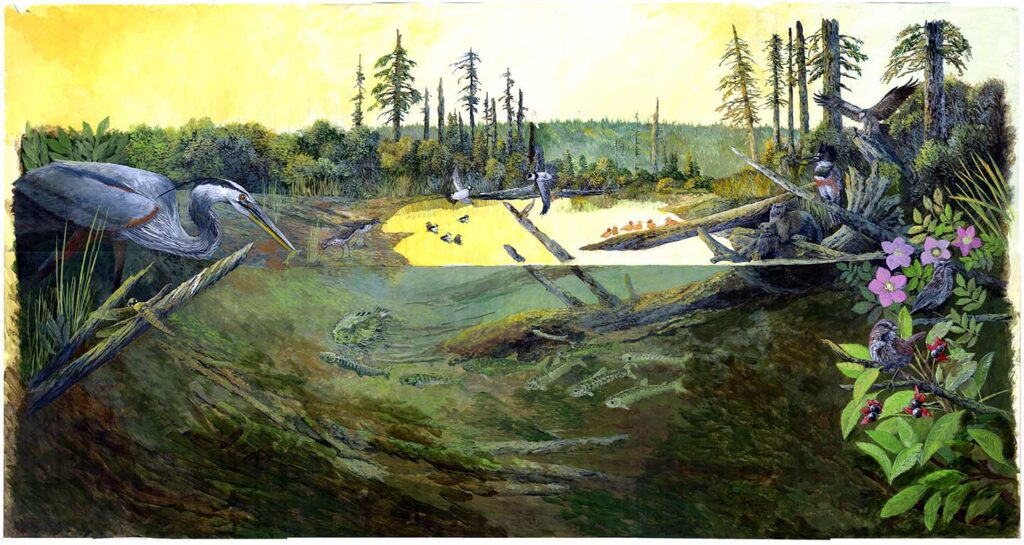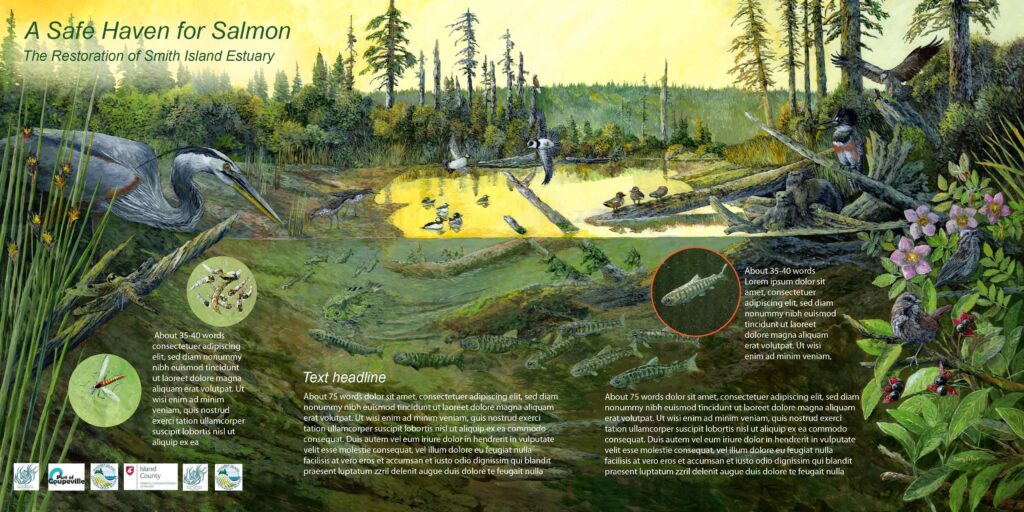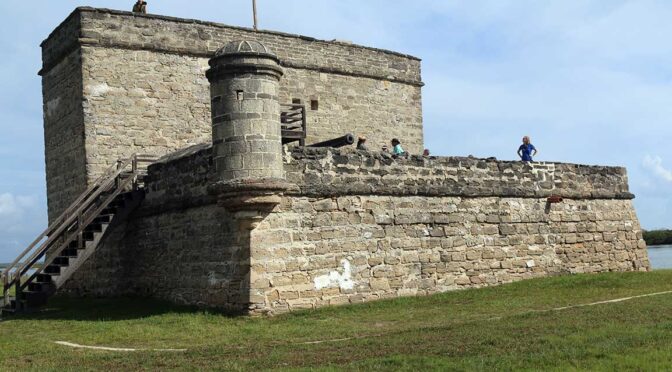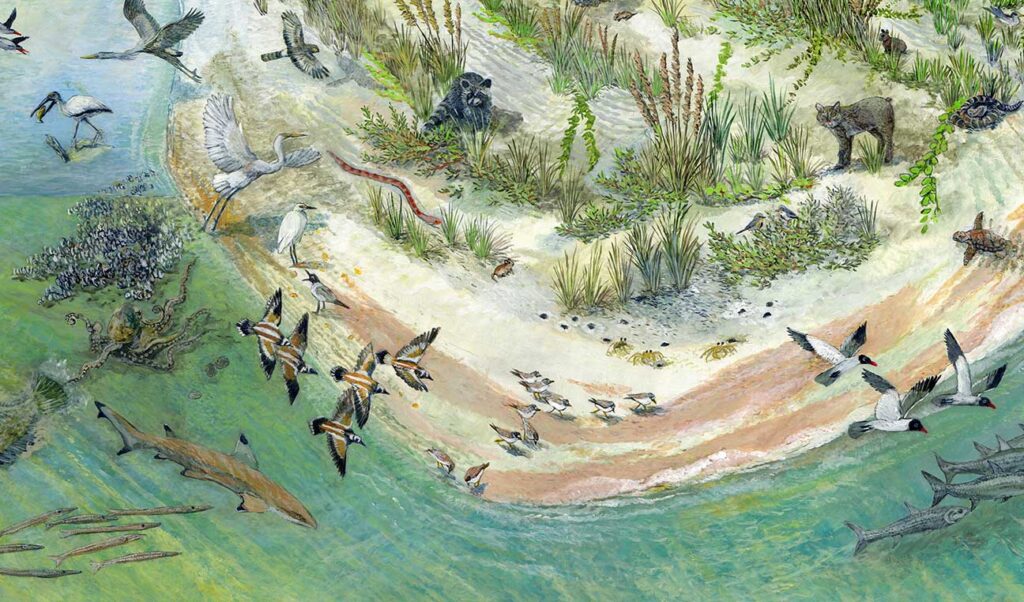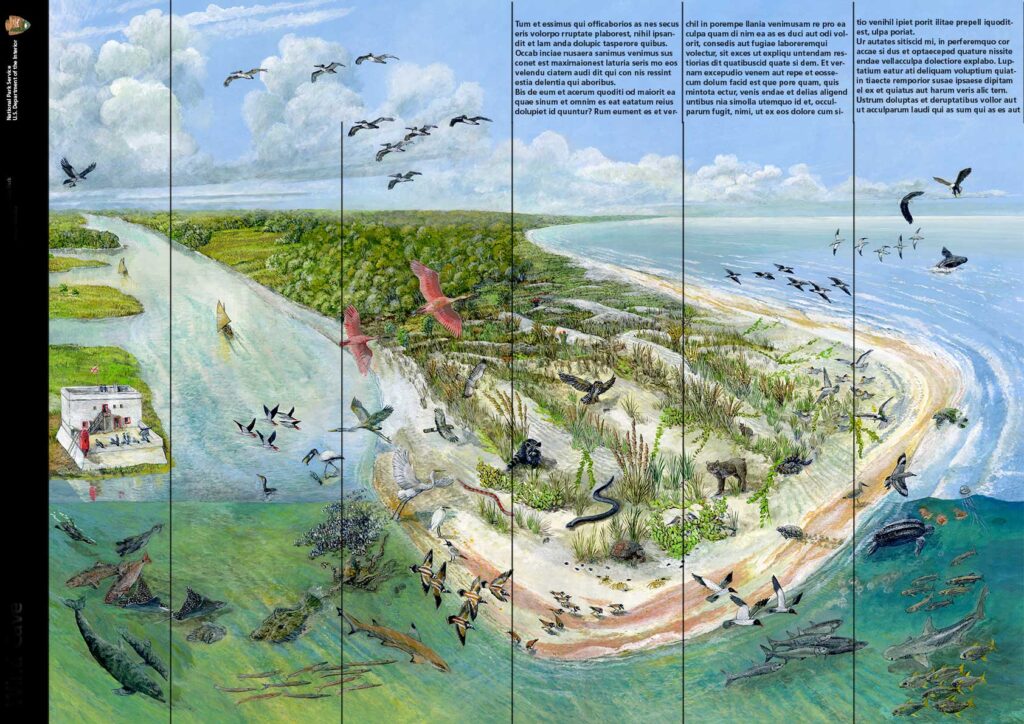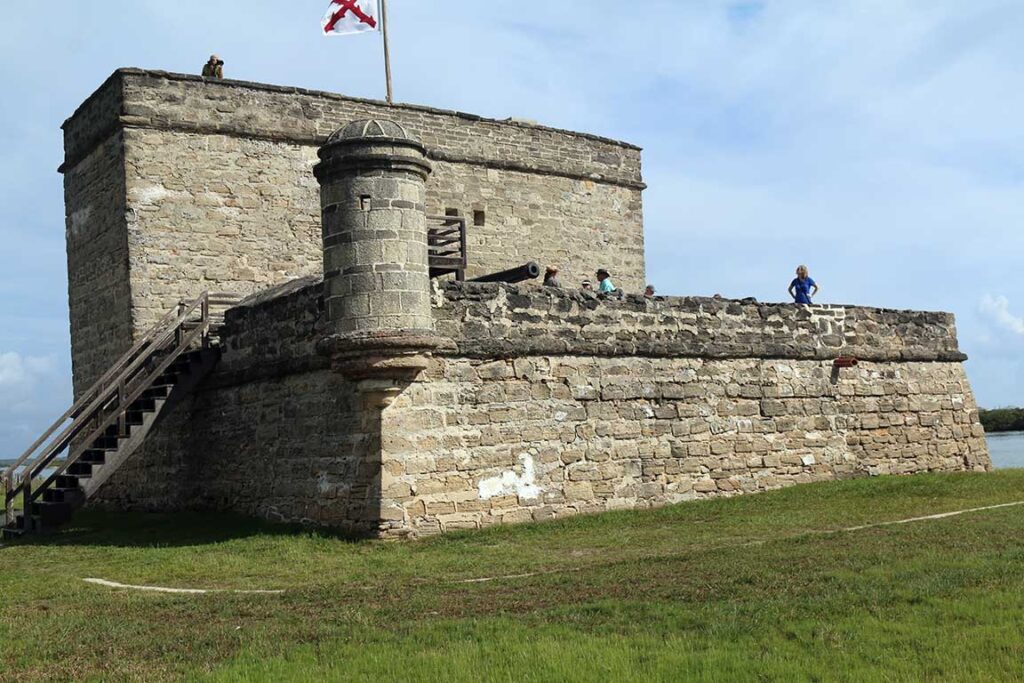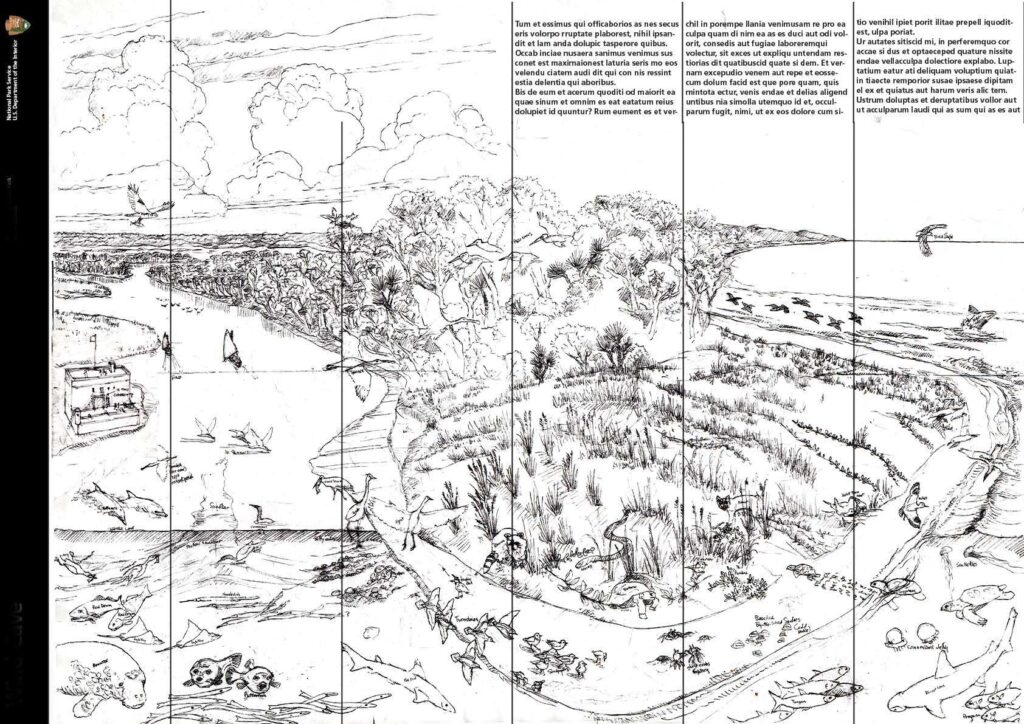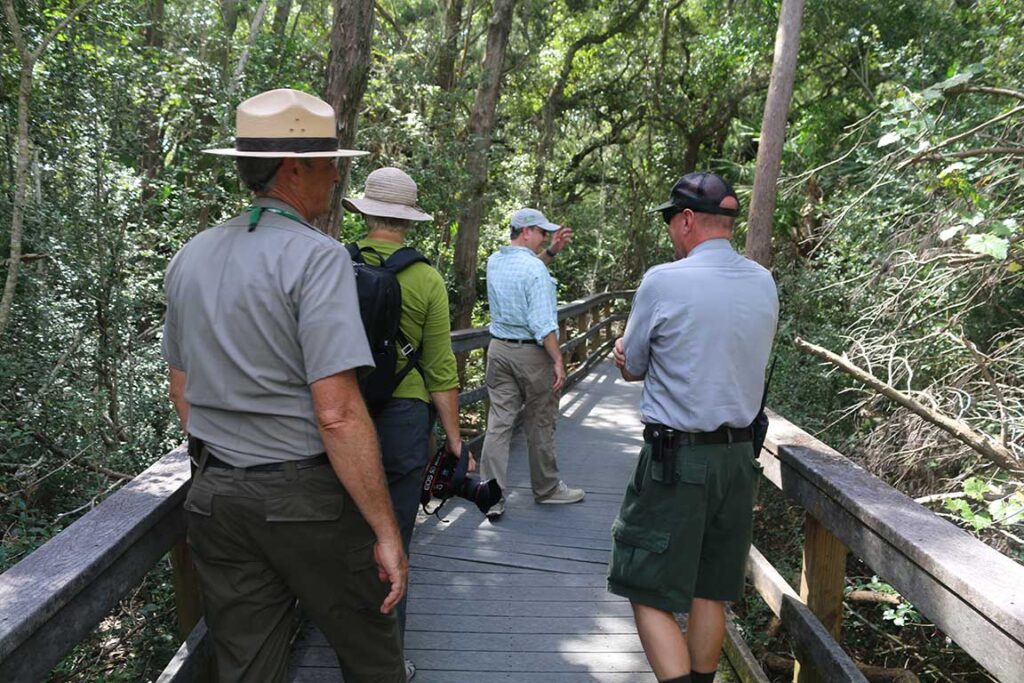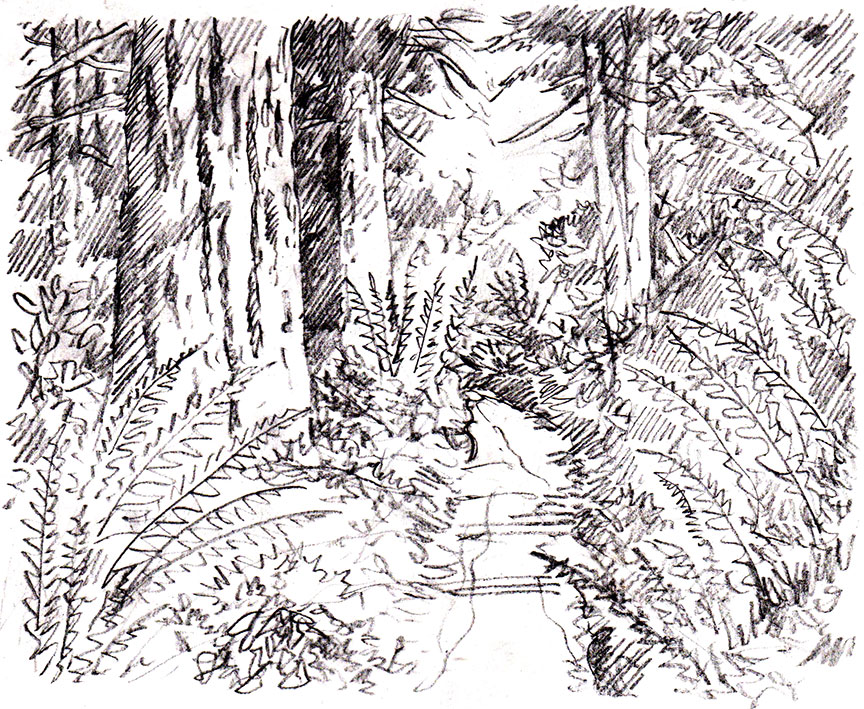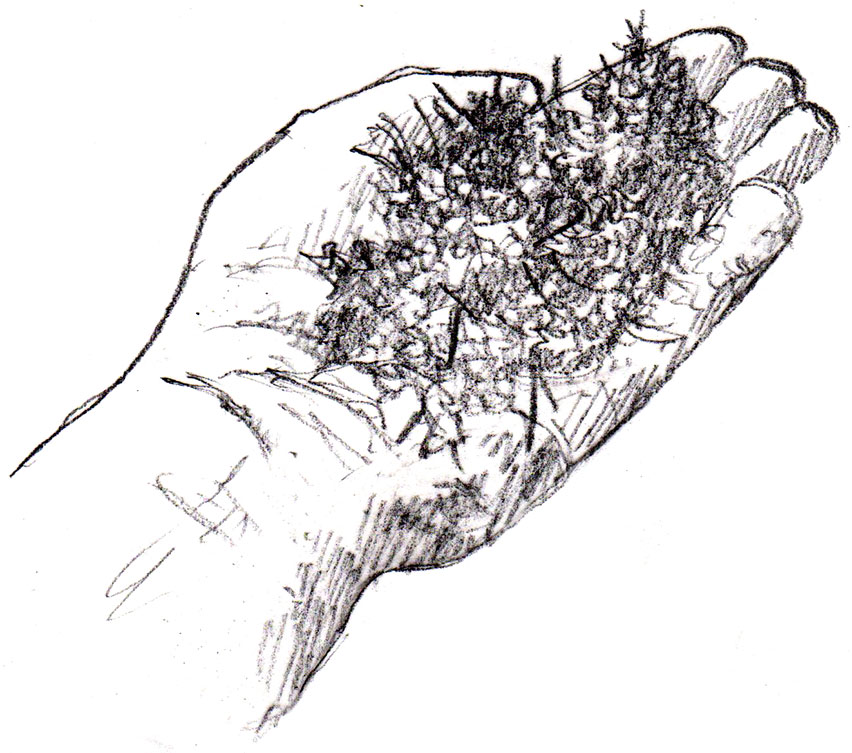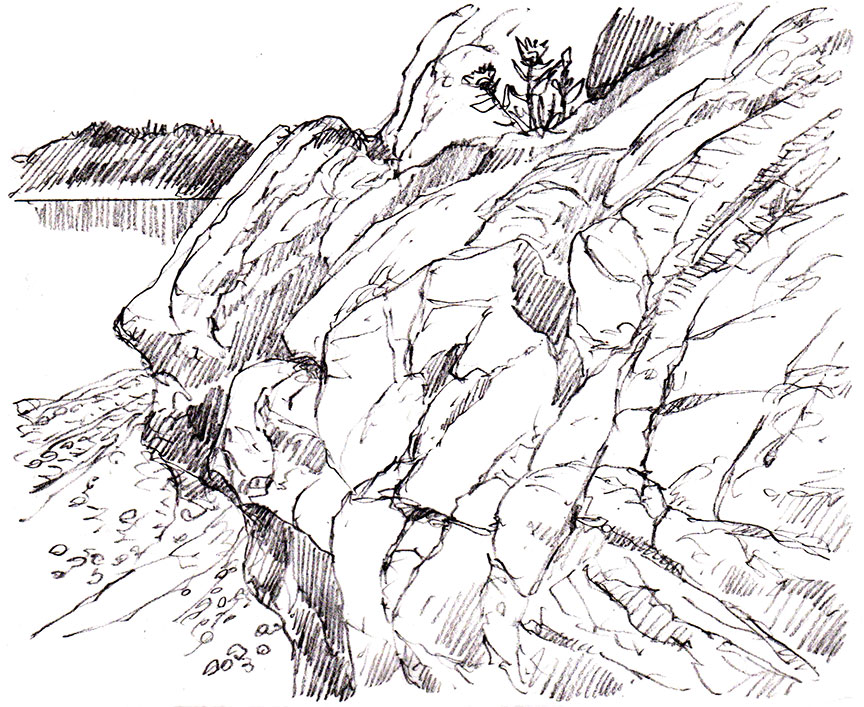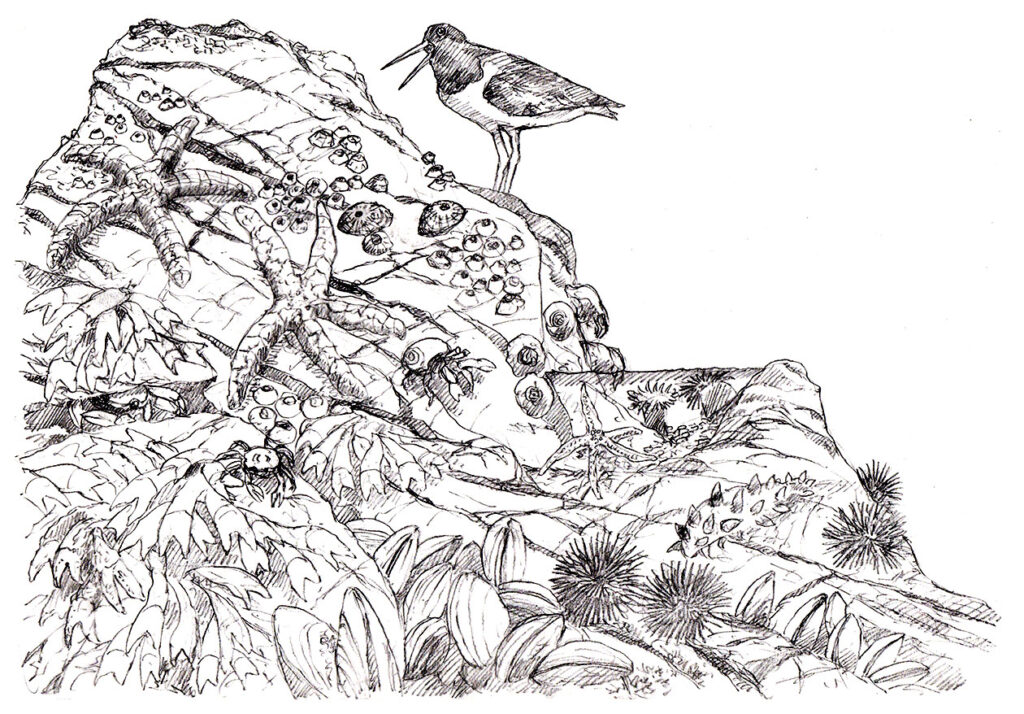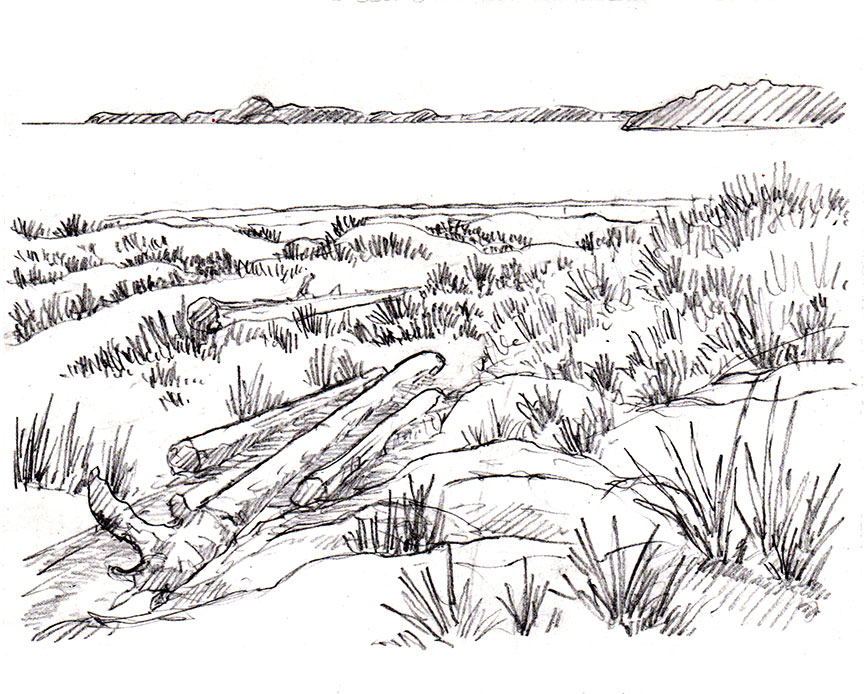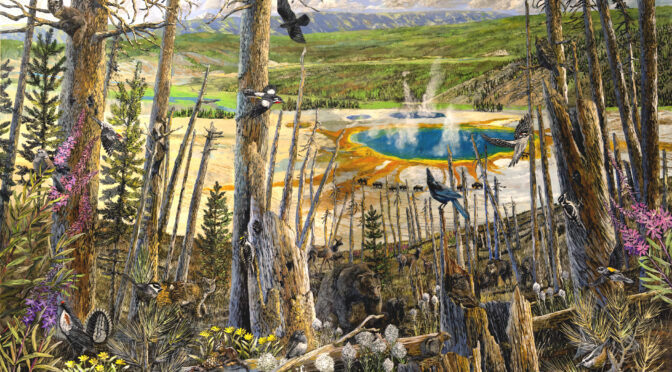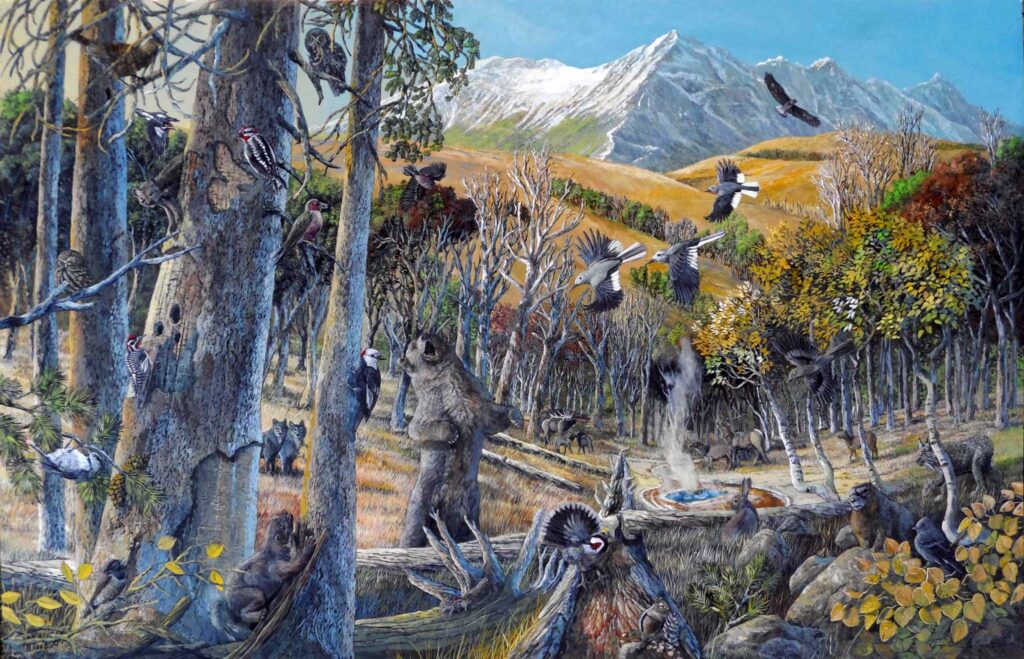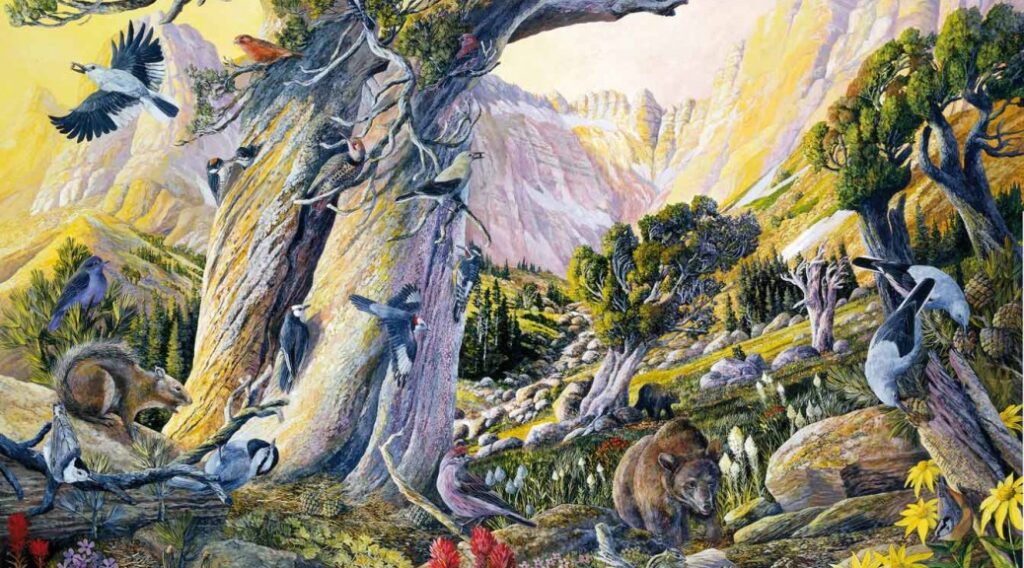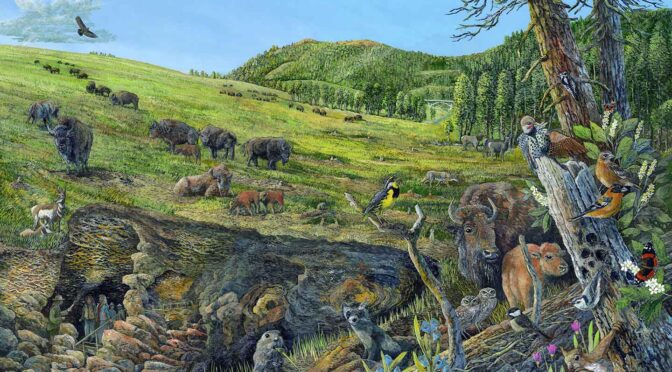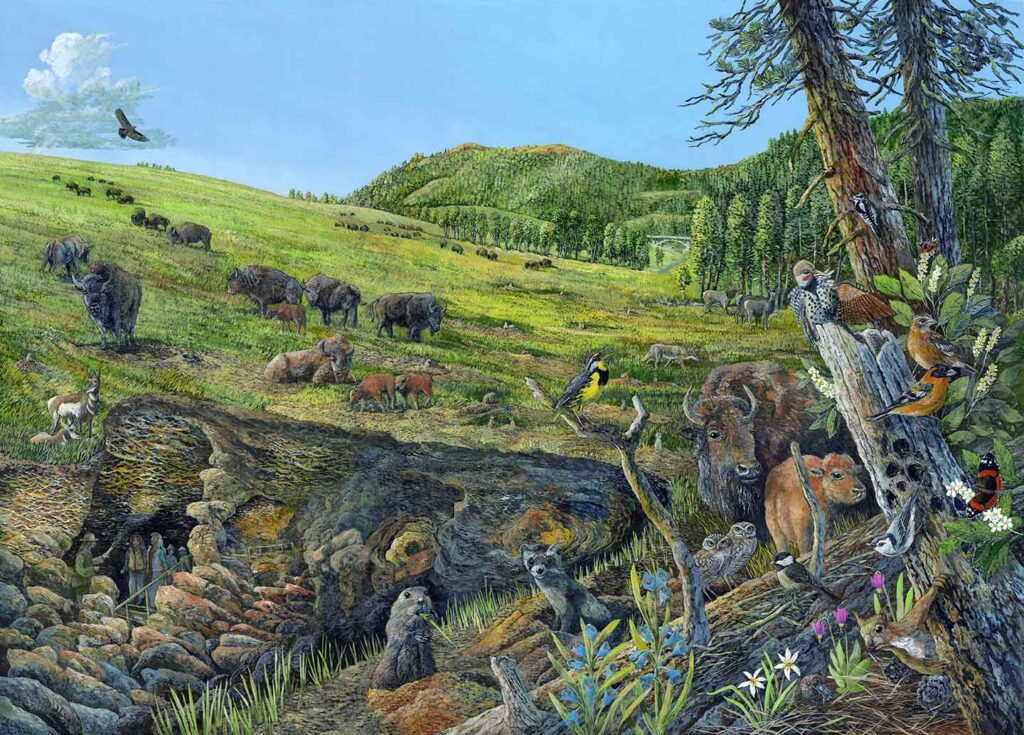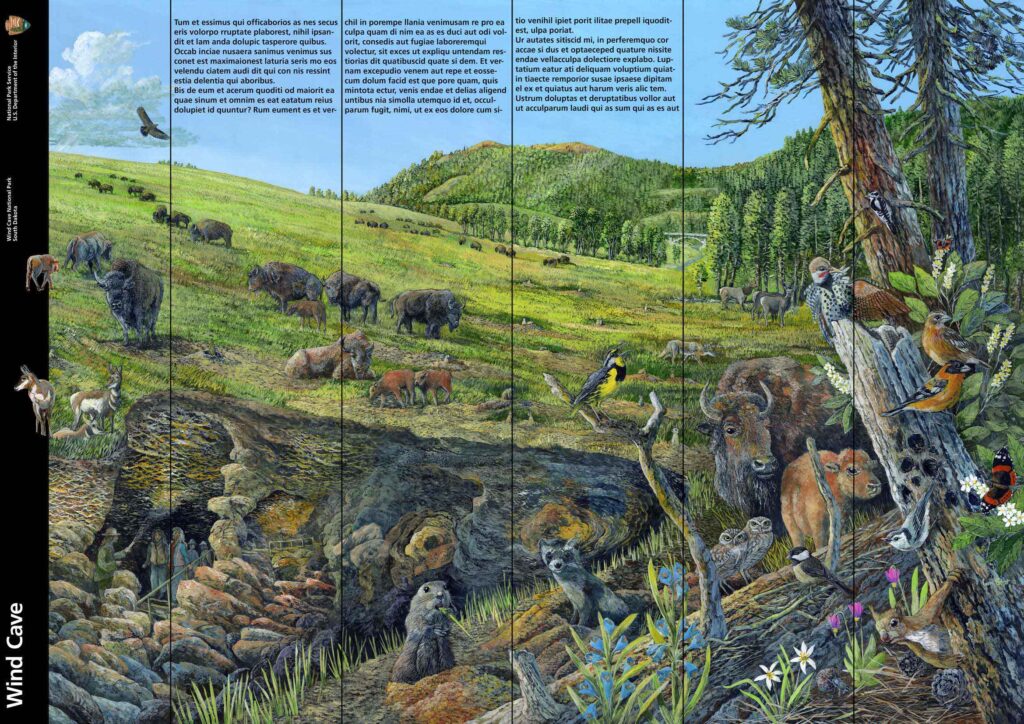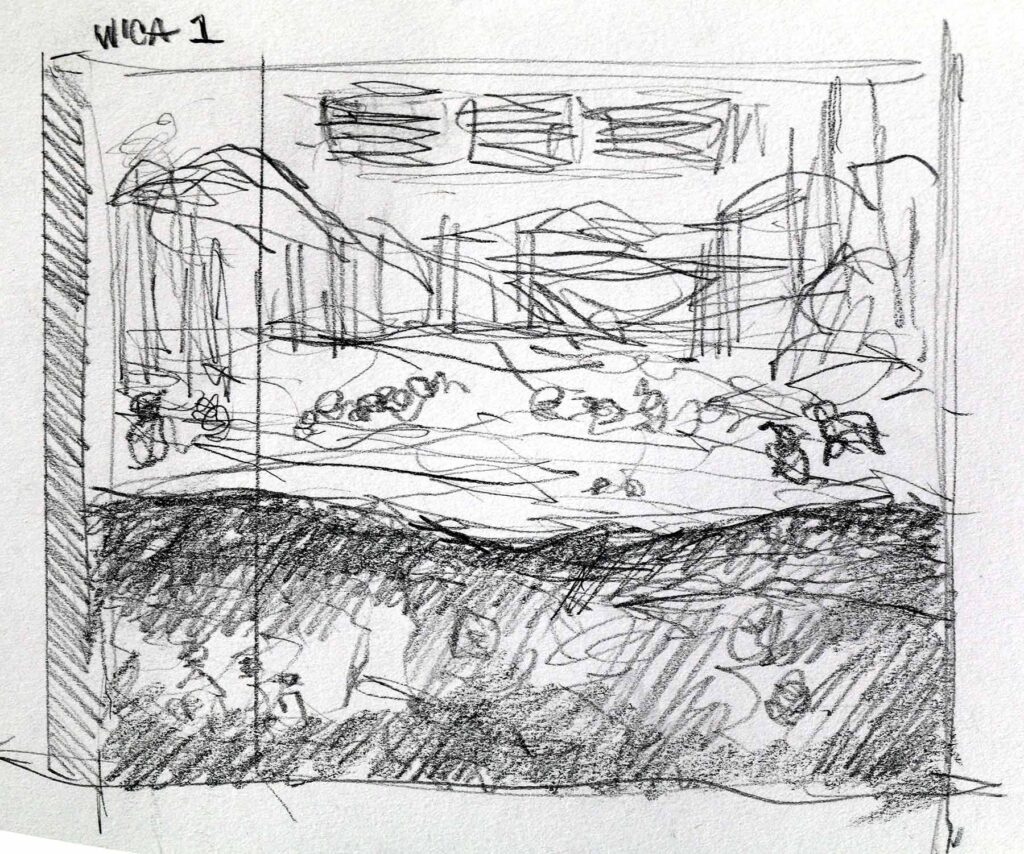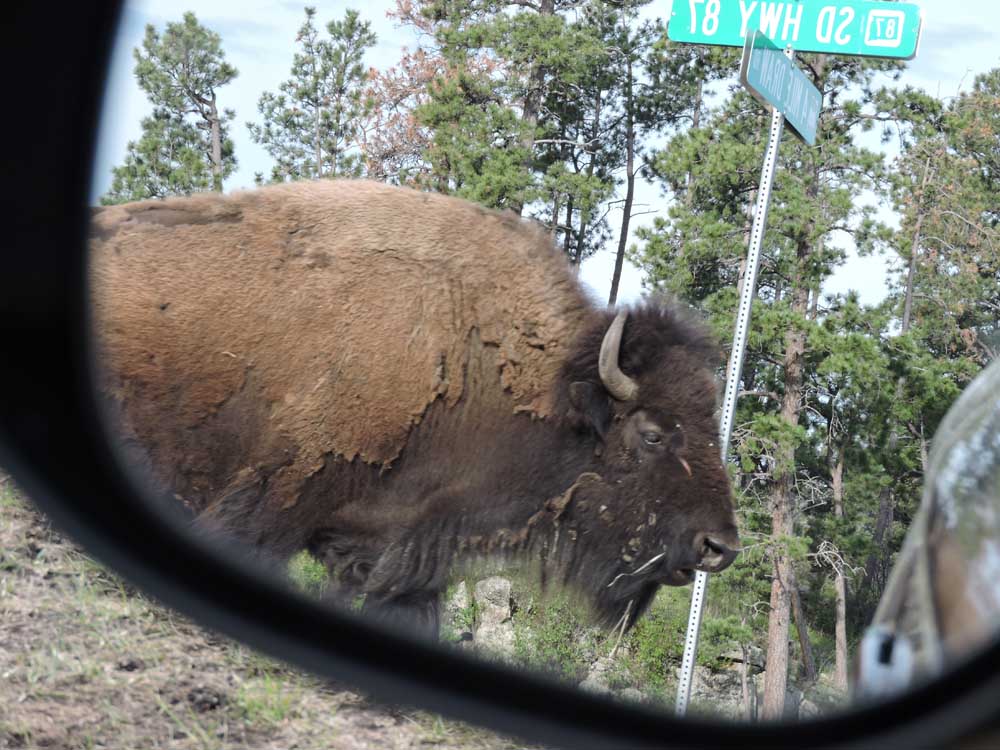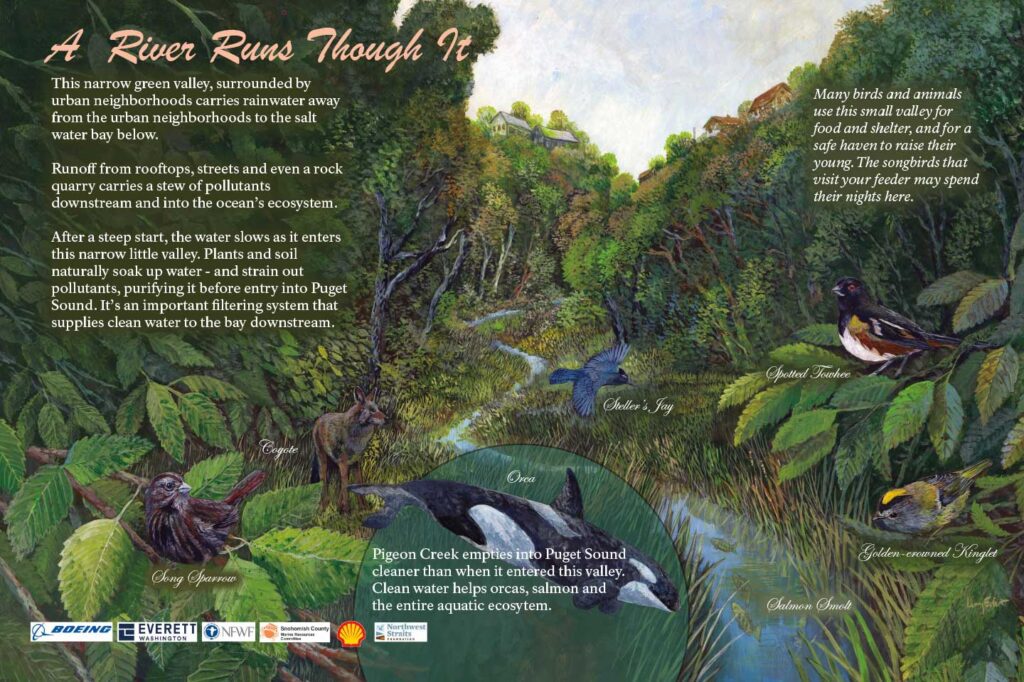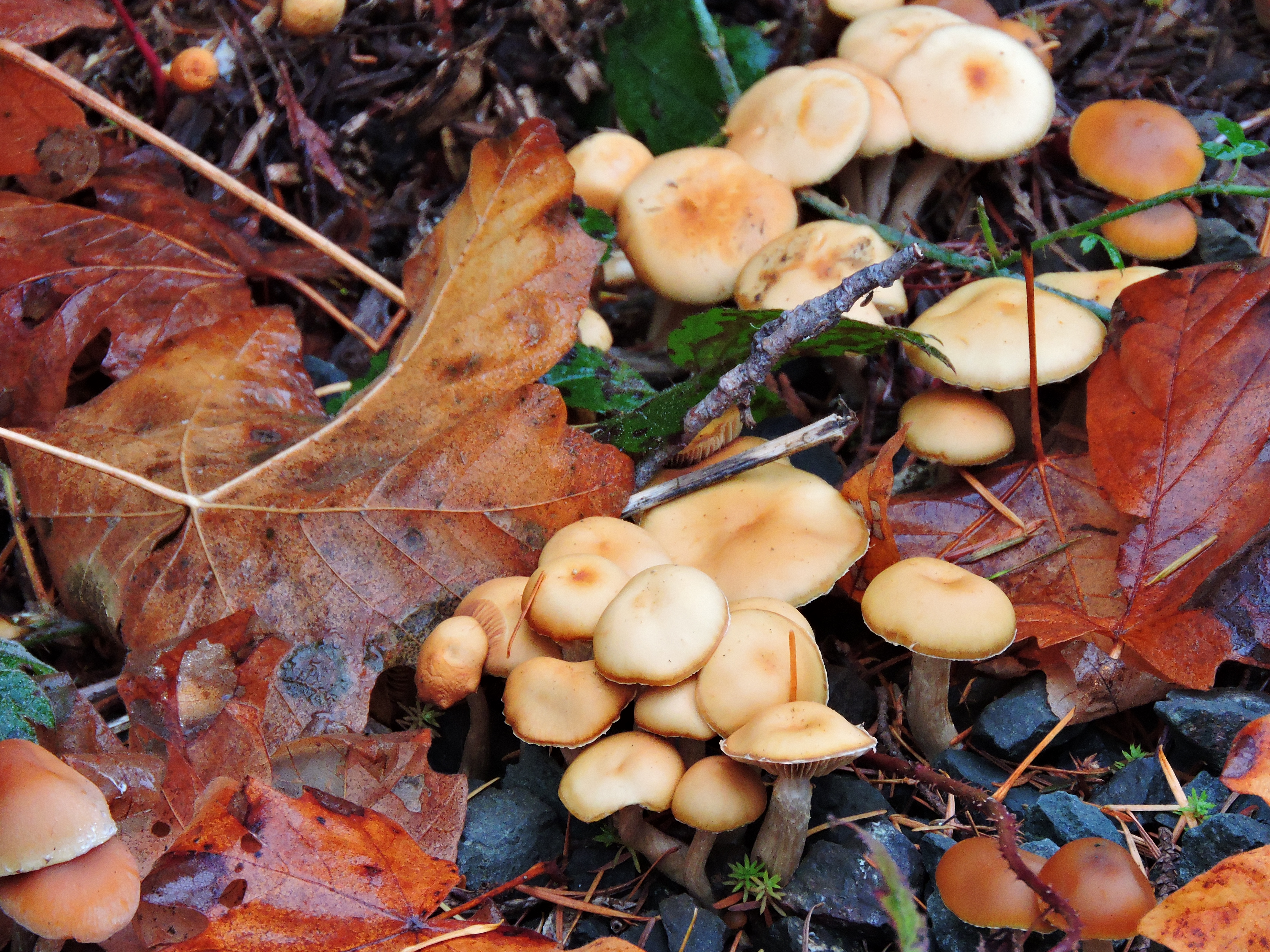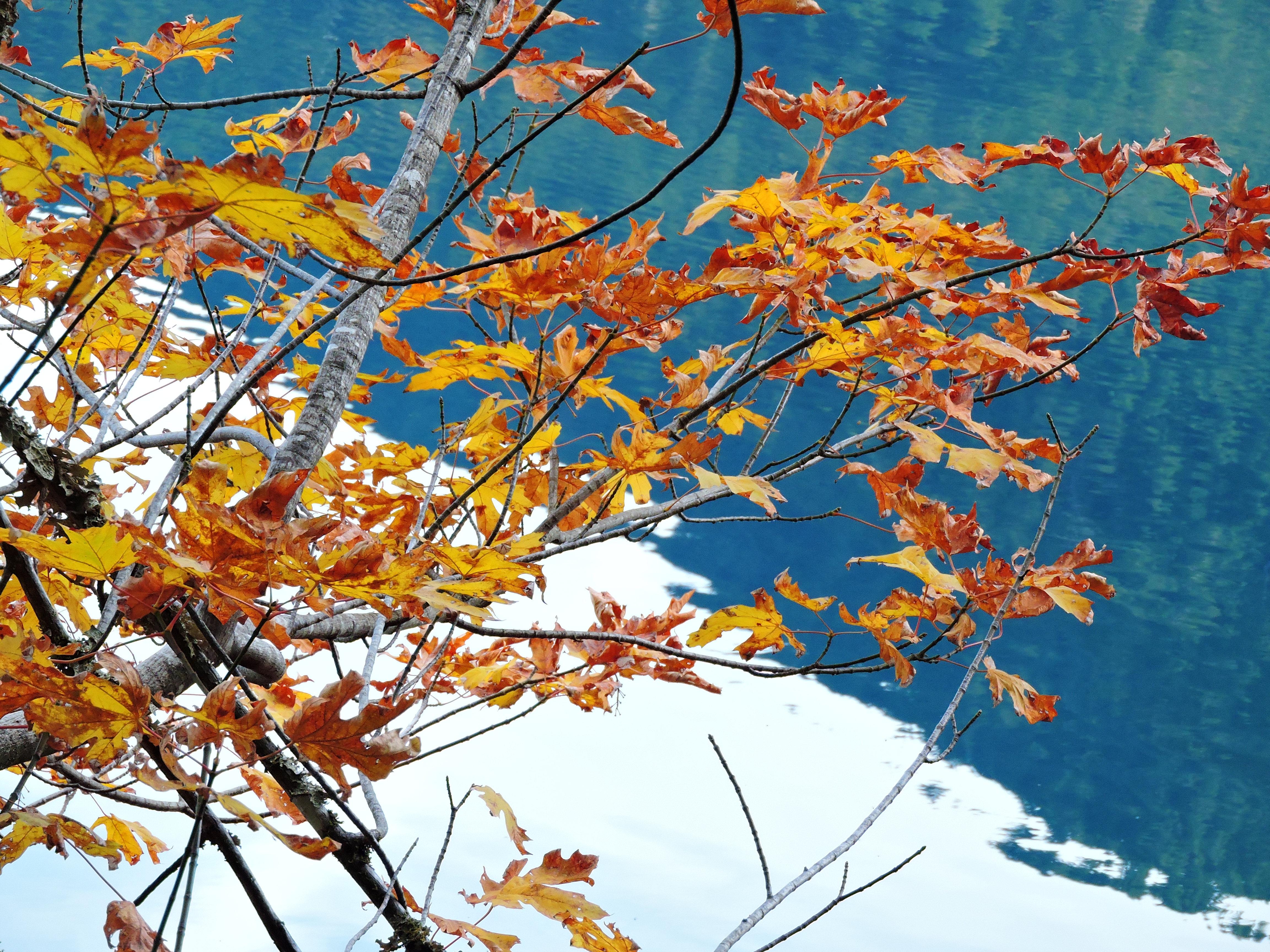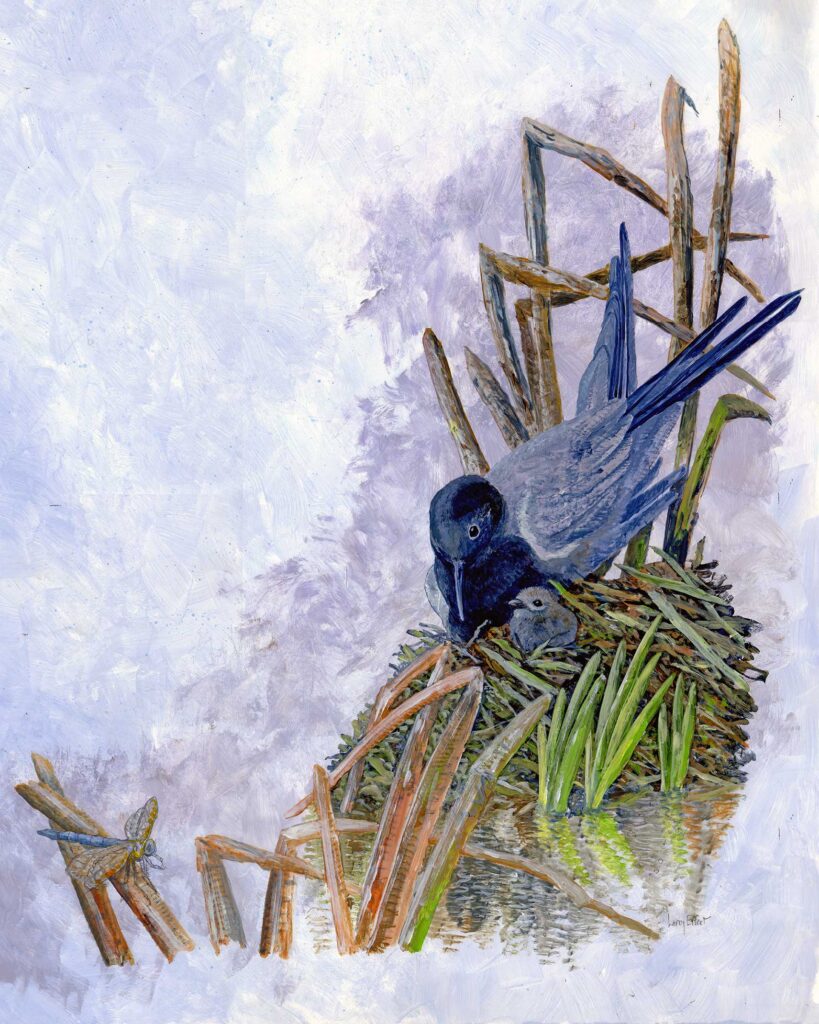2020 seems to have been all the things I said yes to. Yes, of course I’ll do this painting for the new Glacier National Park map, even if we can’t even get to the park because Covid caused the Blackfeet Tribe to shut the entire eastern side of the park and close access to Glacier and Waterton Lake National Parks. Yes, close it for the entire year. Yes, I could paint it anyway – I know Glacier well enough, having painted and hiked there many times. They seemed unsure. And so off I went into some crazy zone of figuring out how to fit 50,000 square miles into one little painting. They wanted an alpine landscape, critters and flower, a glacier upclose, all the park features such as Lake St Mary, McDonald Lake, Waterton Lake, the Continental Divide, Going-to-the-Sun Road and some others. Sure, I can do that!!
Here’s a little trip journal of “going to Glacier in Montana without really traveling”. The evolution of a mural.

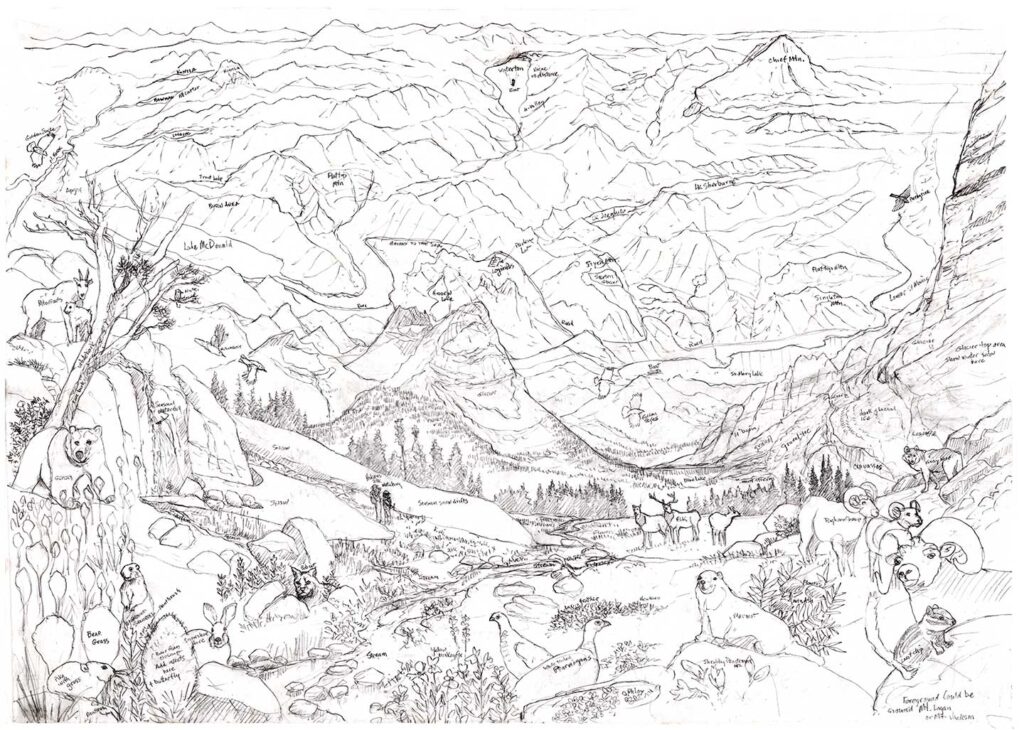
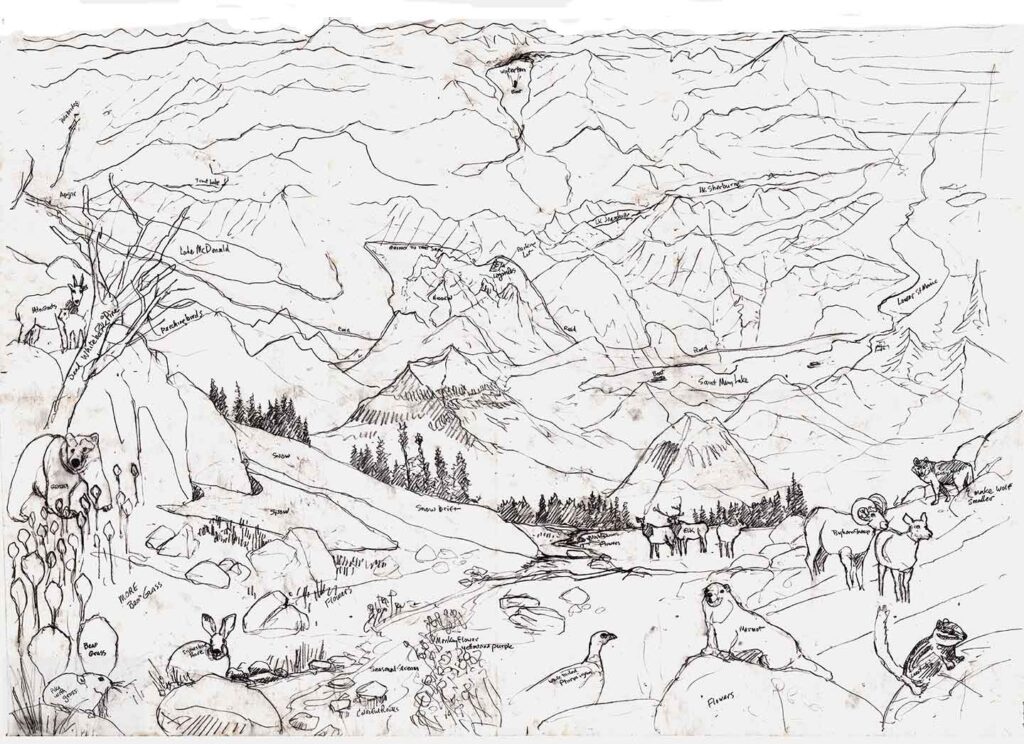
I haven’t gotten final approval yet, but I think we’re close. Here’s how it will look once the map is printed – and millions of eyeballs will see it for longer than I’ll probably be here to smile about me saying yes.
And so ends 2020, one of the strangest years any of us have ever lived through. I’m just grateful to be in a town that believes in masking up and collectively staying safe. We said yes to moving here decades ago – we’re still smiling about that every day.
Yes! It takes lots of people saying yes to make it possible for me do what I do for decades and decades. Committees, sponsors, clients, governments, non-profits, customers who buy our stuff, but most importantly, an amazing partner, a woman who keeps it going. An artist simply cannot do all this singularly. Nancy’s a very skilled painter and photographer, but she also says yes in helping me every day to keep our little creative ship afloat.
Thanks for reading this week. You can sign up for emails for these posts on my website at larryeifert.com.
Larry Eifert
Here’s my Facebook fan page. I post lots of other stuff there.
Click here to go to our main website – with jigsaw puzzles, prints, interpretive portfolios and lots of other stuff.
Nancy’s web portfolio of stunning photography and paintings.
And here to go to Virginia Eifert’s website.
